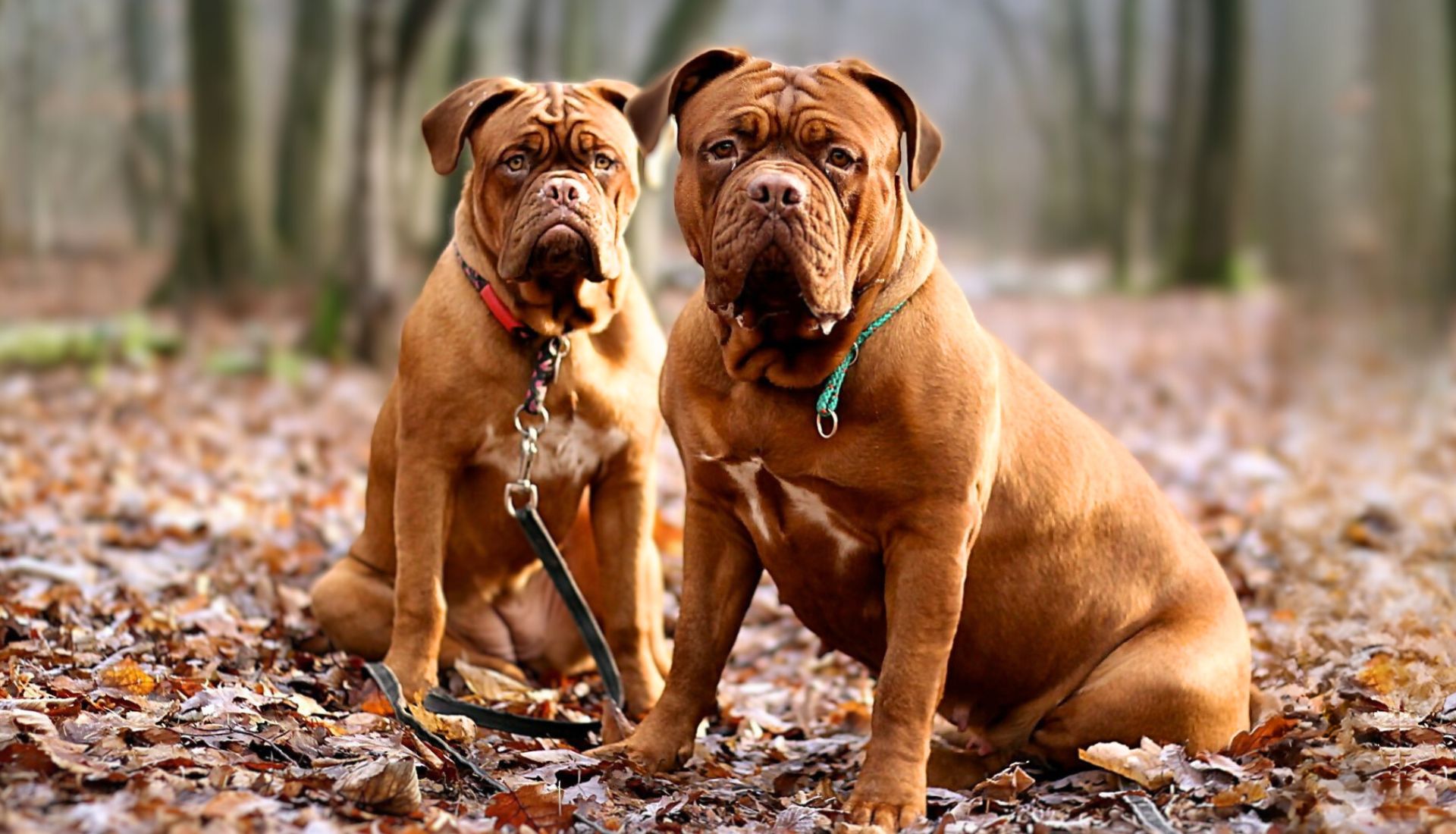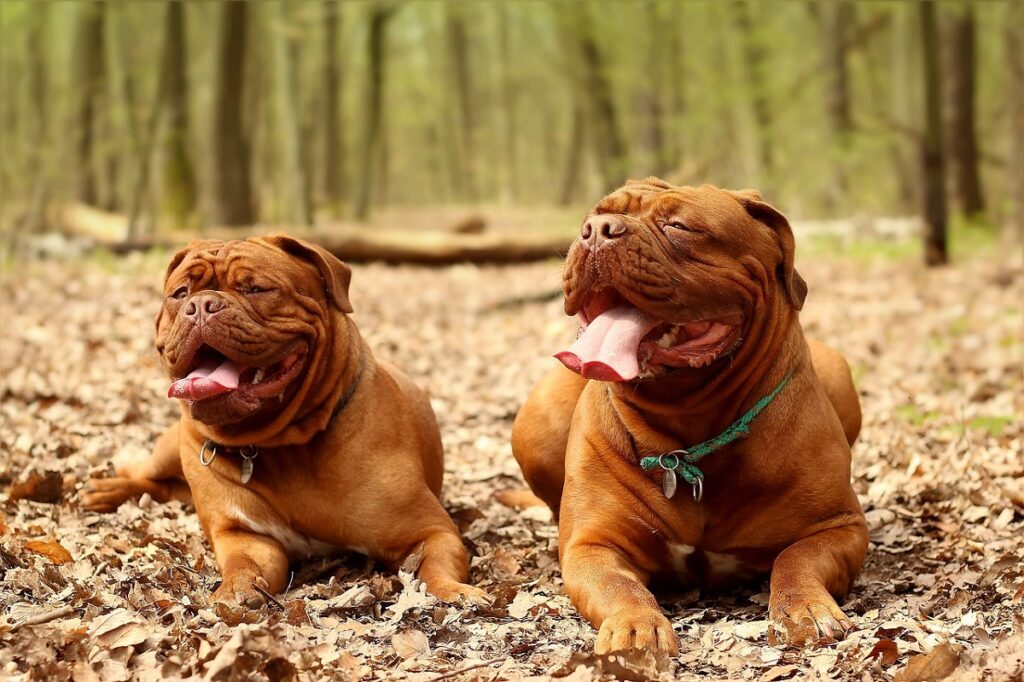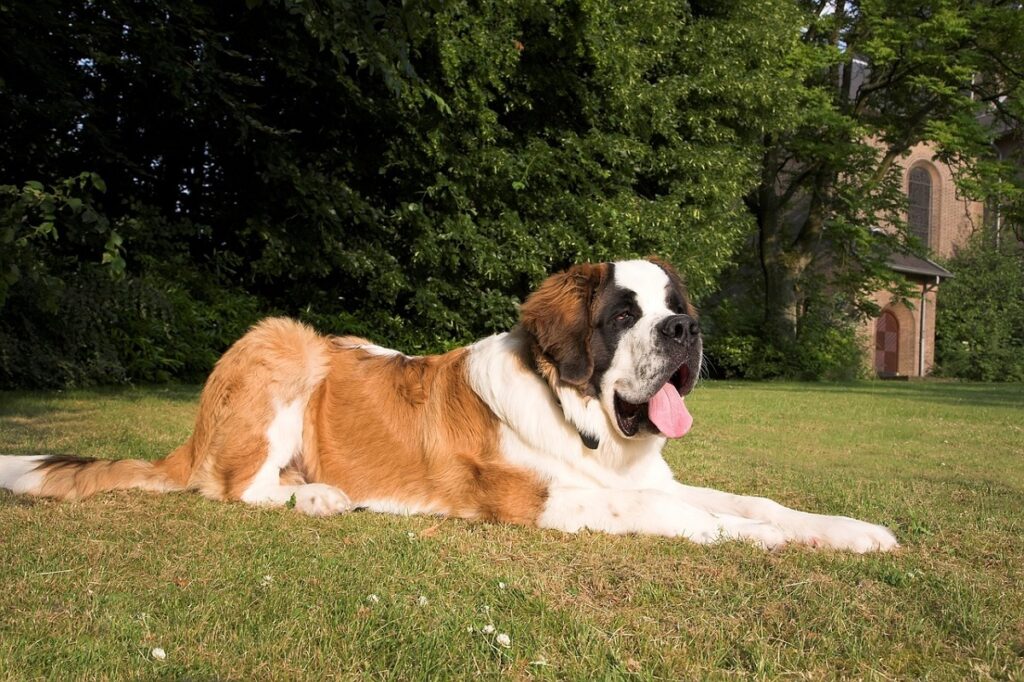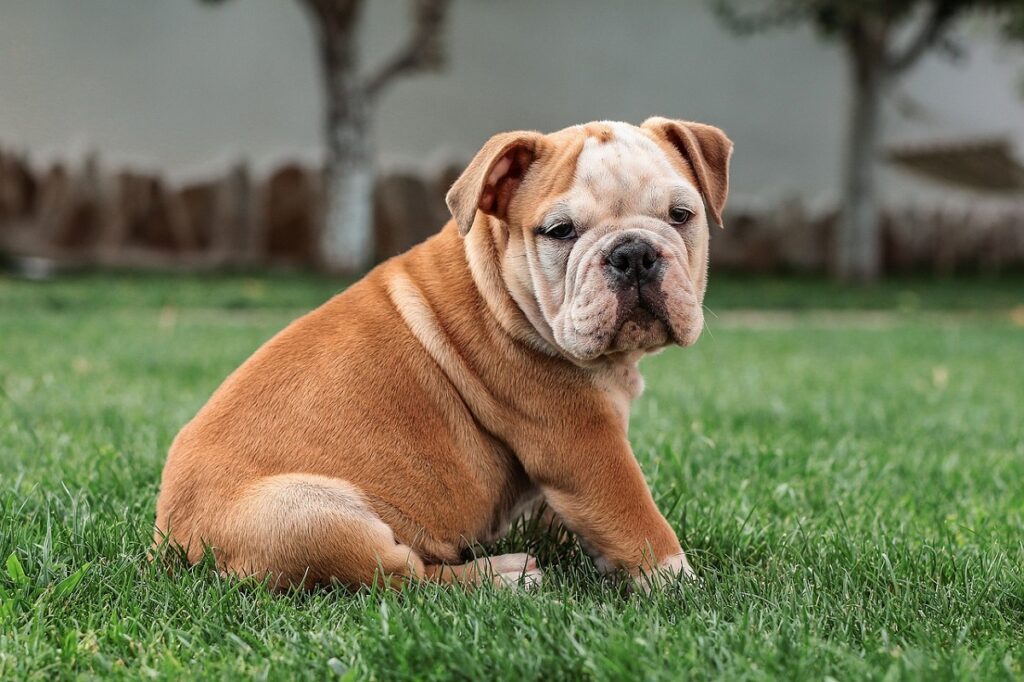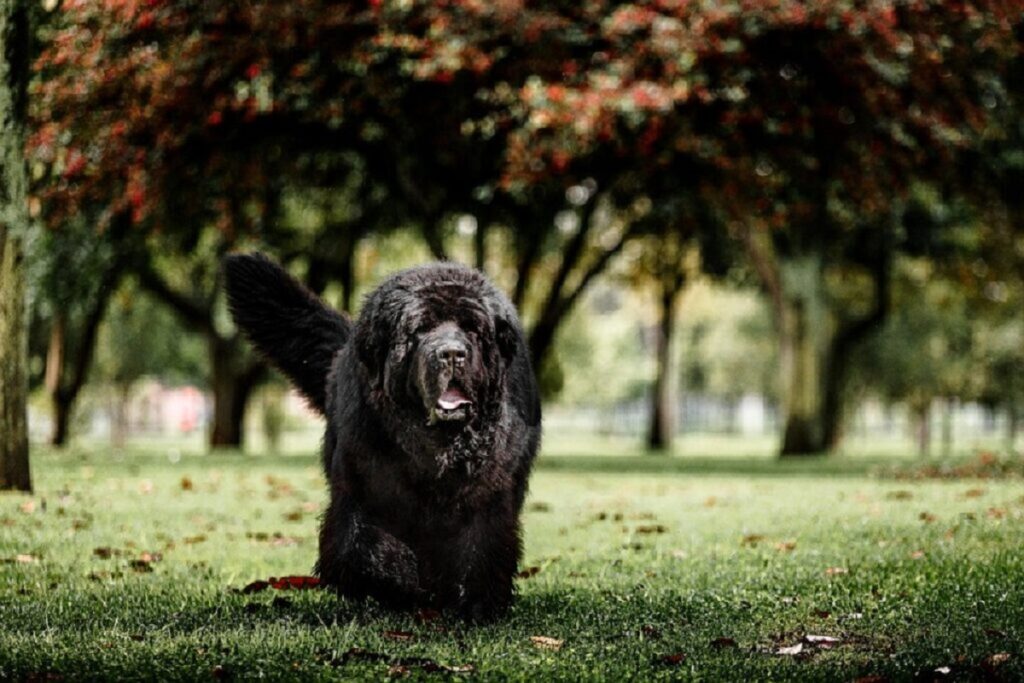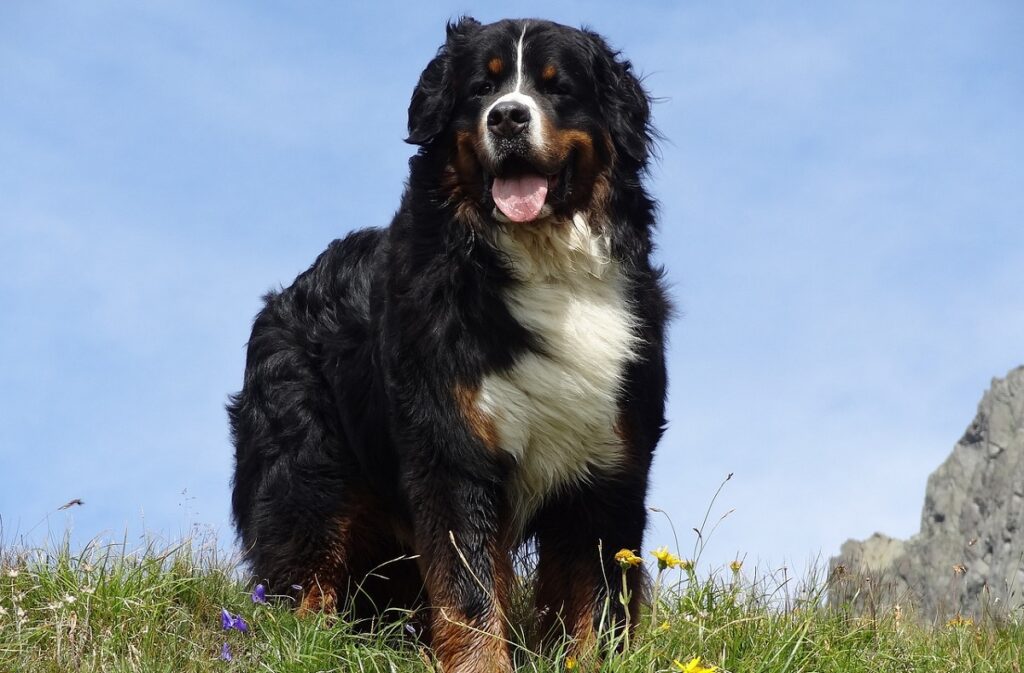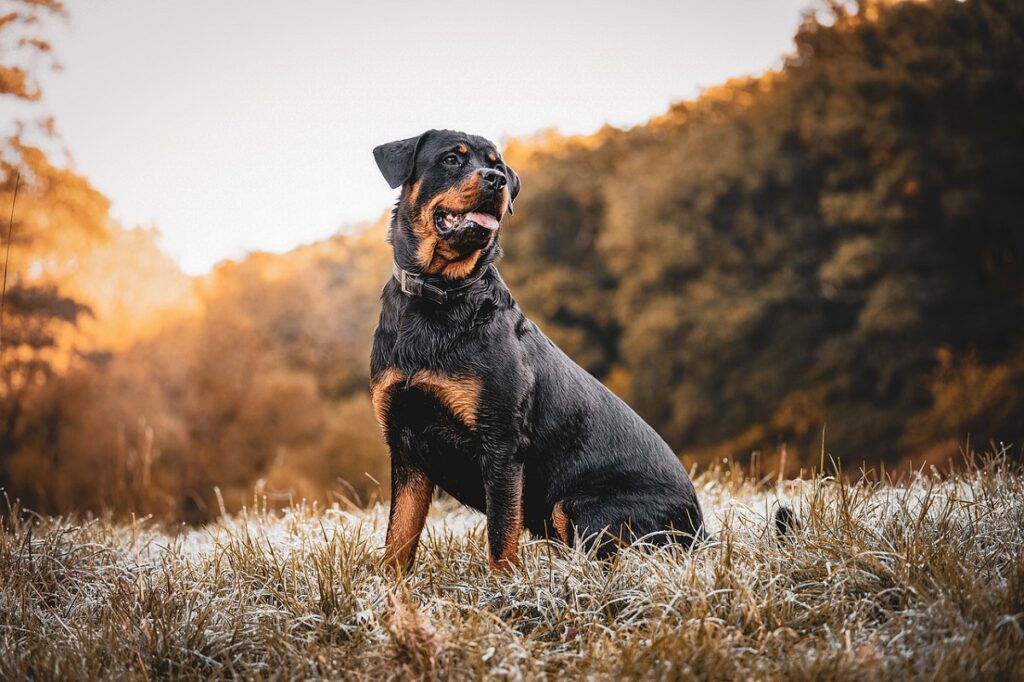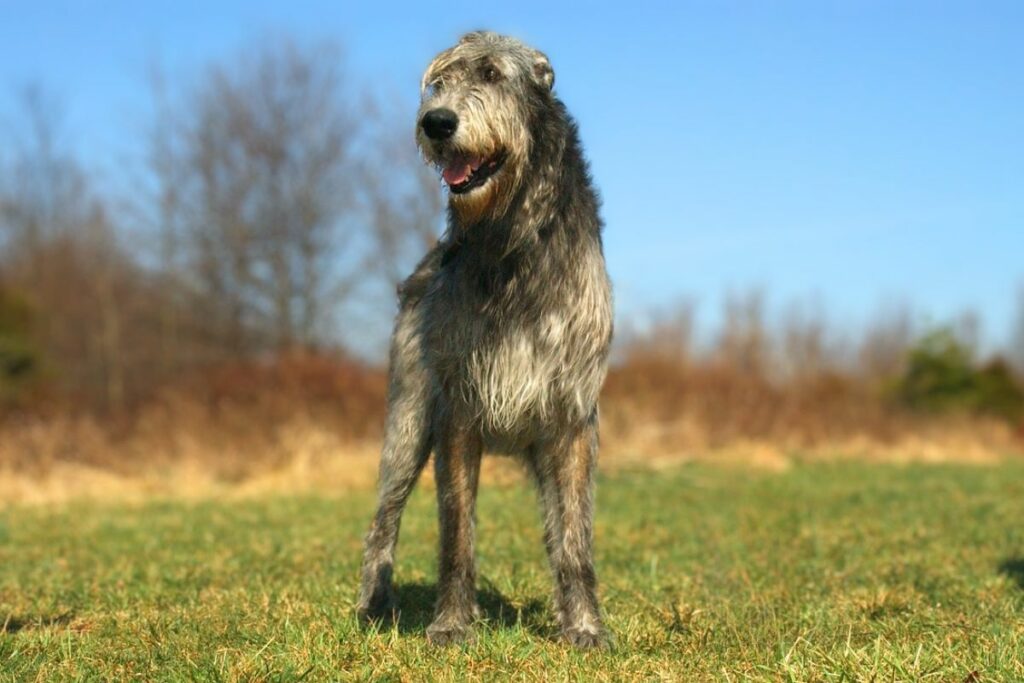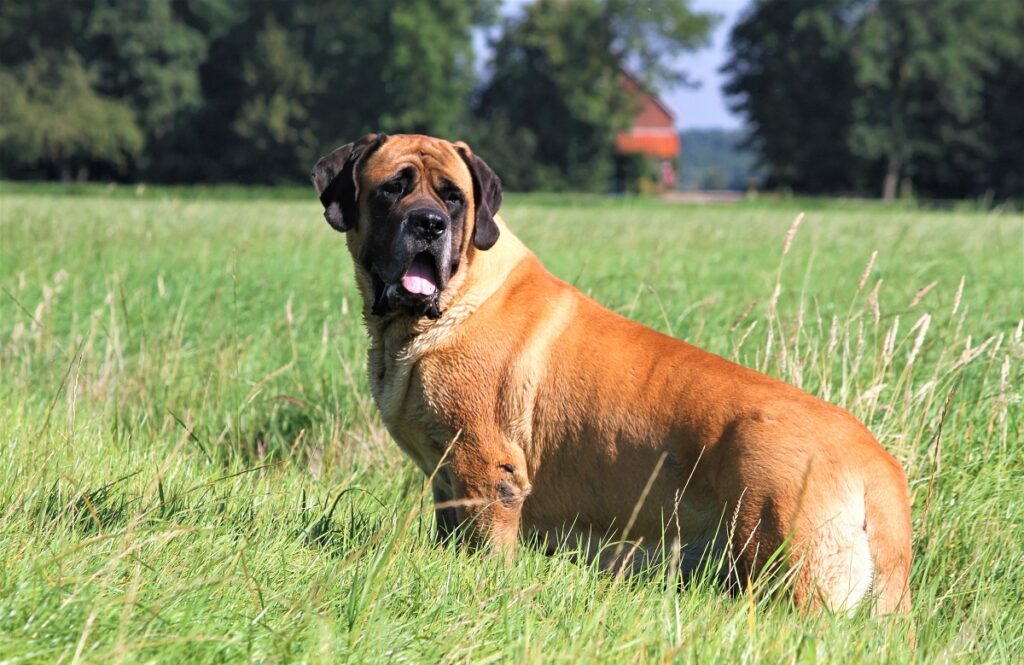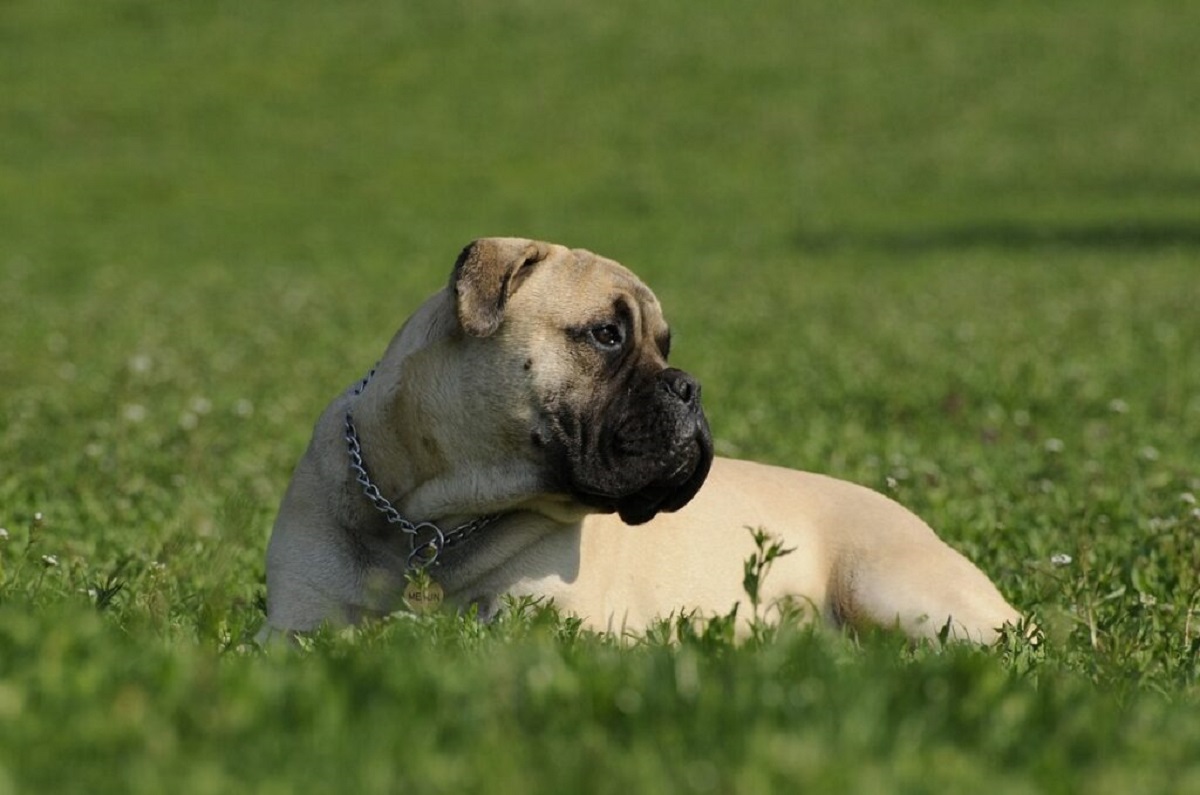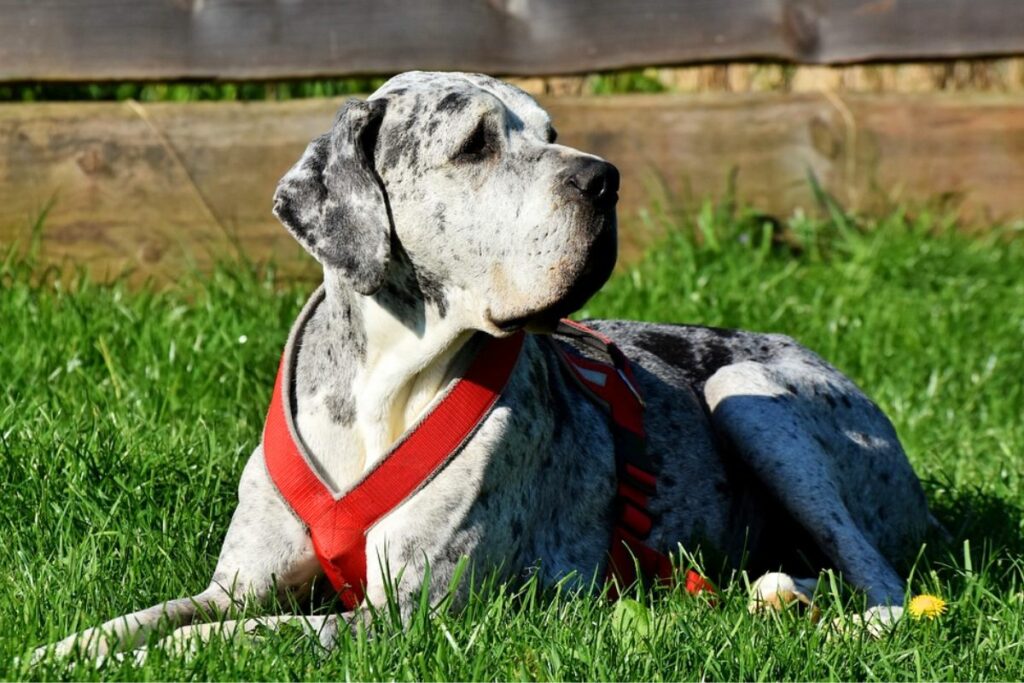Heartbreakingly, some of our most beloved canine companions have shorter lifespans than others. While factors like diet and exercise contribute, genetics play a significant role. This list of 10 dog breeds with the shortest lifespans isn’t meant to discourage you from owning these wonderful dogs, but rather to inform potential owners of the commitment involved. Understanding their shorter time with us allows for even greater appreciation and the opportunity to provide the best possible care, ensuring every precious moment is filled with love and joy.
As a dog lover who can’t resist gigantic canines, I am devastated that larger dogs have the shortest life expectancy. All you can do as a dog owner is take the best care of your wonderful dog and make sure they have good health and a happy life with you. Although they lack longevity, the big pooches are beautiful, fun, loving, and wonderful to be with (so are the little ones).
As with smaller dogs with longer lifespans, we feed them food that’s good for their health, make sure they exercise, take them to the vet, watch out for common health concerns, and ensure that they maintain a healthy weight to avoid health issues and health problems. In addition to size, some have genetics that prevent longevity.
One theory about the discrepancy in longevity is that larger dogs age faster because of the strain their size puts on their bodies. Smaller dogs (who tend to have longer lives) don’t have geriatric checkups until they are 10 or 11 years old, but larger dogs are considered geriatric at 7.
Dogs with Shortest Lifespan
Here are some large breeds with the shortest life expectancy that don’t live long enough.
1. French Mastiff (Dogue de Bordeaux)
Handsome French Mastiffs, also known as Dogue de Bordeaux, weigh in at 99 pounds and live 6-8 years. That’s a very short life expectancy, but you can fit a lot of fun and memories into 6-8 years. This large dog is affectionate, courageous, loyal, protective, very trainable, needs mental stimulus, and has a nice temperament. These hunky beasts are adorable and sweet.
Unfortunately, this big dog has one of the shortest lifespans, but if you’re a French Mastiff lover, you might not be satisfied with another breed.
My rescue dogs were Akitas and Great Pyrenees, and they were several years old by the time I met them. Our last three pooches were with us for 10, 9, and 8 years, respectively. They were all wonderful, and I wouldn’t trade them for a dog with a longer lifespan.
Vets at the Royal Veterinary College report that brachycephalic (short-muzzled) dogs, like the French Mastiff, don’t live as long because of the higher risk of breathing health problems.
2. Saint Bernard
The beloved Saint Bernard weighs 120-180 pounds and lives 8-10 years. These fluffy heroes are renowned for their history of helping people buried in avalanches in the Alps. This is one of the large breeds that has a short life expectancy, although they live a bit longer than the French Mastiff.
These gigantic fluff balls are charming, playful, affectionate, curious, protective, and good with children. An average 8-10 year lifespan is at least longer than 5-8. Saint Bernards are very endearing and sweet. Some of us are just addicted to the huge doggies, and most of these breeds enjoy great popularity.
St. Bernards are susceptible to a heart disease called dilated cardiomyopathy, epilepsy and seizures, and eczema.
3. Bulldog
Adorable Bulldogs aren’t really big. They weigh 40-50 pounds and live 8-10 years. English bulldogs are affectionate, friendly, calm, courageous, playful, and loyal. The American Bulldog thinks they belong in your lap, so be aware that they may hop right in.
The English Bulldog was used for bull baiting until 1835. When that blood sport became illegal, they were transformed into companion animals.
There are 15 types of Bulldogs, and each of them is cuter than the next. They have shorter lifespans than many dogs but recently managed to rank as the sixth most popular dog breed in the United States. If you can’t resist a wrinkly face, you may want a Bulldog despite their lifespan.
They have a brachycephalic flat face that causes breathing problems, which is why they are on the list of dogs that tend to have shorter lives.
4. Newfoundland
The gorgeous Newfoundland is 100-150 pounds and lives 9-10 years. Newfoundlands are affectionate, sweet, patient, devoted, friendly, and good with kids and dogs. The Newfoundland is known as the nanny dog because they are great with children and protect them.
Newfoundlands are also skillful water rescue dogs due to their webbed paws, muscles, and thick double coat. Handsome and talented!
I have a dog crush on the brown Newfie that looks like a bear. I don’t know if I’ll ever have one, but they are just breathtaking and such good pups. These magnificent beasts have shorter lifespans, but living with one is a privilege.
Unfortunately, Newfies, like several big dogs, are at risk for bloat, in which the blood supply to vital organs gets cut off when their stomach gets twisted.
5. Bernese Mountain Dog
The Bernese mountain dog is like a huge stuffed animal come to life. They weigh 70-115 pounds and live for 8-10 years. Bernese mountain dogs are good-natured, gentle, affectionate, energetic, friendly, playful, strong, calm, hard workers, and good with kids and dogs. They are very intelligent and were depended on to carry out many duties on farms and pastures.
They are the picture of sweetness with the dark brown around their faces, their white snout, stomachs, and paws, and their tan backs.
The big mountain dog breeds are so beautiful with all their fluffiness and their gentle nature. They watch over their flock and are nice pets, too.
My Great Pyrenees was the most marvelous and kind dog and insisted on greeting everyone she saw. She was with us for 8 years. I wish she could have been here longer, but despite her breed having shorter lifespans than many, we had many fantastic years!
6. Rottweiler
Gallant Rottweilers are 80-135 pounds and live for about 9-10 years. The Rottweiler dog is very trainable, loyal, confident, affectionate, playful, protective, muscular, calm, and needs mental stimulus.
The Rottie dog breed was a drover dog protecting and driving cows to market. When droving was replaced with trucks, they became police dogs, guide dogs, and search and rescue dogs.
This versatile breed is prone to health issues like bone cancer, hip dysplasia, elbow dysplasia, and gastric torsion (bloat).
7. Irish Wolfhound
The Irish wolfhound weighs 105-120 pounds and only lives to the age of 6-10 years. The scruffy Irish wolfhound is affectionate, protective, calm, dignified, sweet, muscular, and good with kids and dogs.
Although they look imposing, they are too friendly to be guard dogs or watchdogs. They hunted now-extinct Irish elk, a terrifying monster that was six feet tall at the shoulder. Later, they hunted wolves.
Irish Wolfhounds are the largest of the many Hound Dog breeds. They are even taller than the Great Dane. Unfortunately, that largeness contributes to them having one of the shorter lifespans.
This shaggy cutie with one of the shortest lifespans is prone to bloat and bone cancer.
8. Mastiff
The massive masked Mastiff is 120-230 pounds and lives 6-10 years. They are muscular, dignified, courageous, affectionate, good-natured, protective, and good with kids.
This very large breed has been big-game hunters, war dogs, and night guardians of estates in England. Romans brought British Mastiffs back to Rome to battle wild beasts and human gladiators in the arena. How unpleasant!
Mastiffs and other tough-looking dogs are funny because they look scary but are usually goofy and sweet. Here are seven Mastiff dog breeds.
The Mastiff health problems include bloat, bone cancer, and heart disease.
9. Bullmastiff
The adorable smushed face Bullmastiff weighs 100-130 pounds and only lives 7-9 years. They are loyal, brave, affectionate, protective, energetic, intelligent, and need stimulus. The Bullmastiff is a cross between the Bulldog and Mastiff. They need training and socialization while they are young and small, like all dogs — especially huge ones.
Bullmastiffs were bred to protect large aristocratic country estates and game preserves from poachers in England in the mid to late 19th century.
Some of the health problems that this dog with shorter lifespans suffer from are bloat, heart disease, and cancer.
10. Great Dane
The gorgeous Great Dane tips the scales at 110-175 and lives to be 7-10 years. Great Danes are protective, powerful, friendly, playful, patient, gentle, sweet, affectionate, dependable, energetic, and need mental stimulus.
The Great Dane likes to please their owners. Astro from the Jetsons and Scooby-Doo are Great Danes, making the breed a pop cultural icon.
Sadly, Great Danes are another breed that has shorter lifespans and is prone to bloat and bone cancer.
What Health Issues Can Lead to a Shorter Life?
Certain breeds are prone to particular kinds of issues and diseases. Cancer is the leading cause of death in large dog breeds (and small breeds). The Rottweiler, Mastiff, and Irish Wolfhound suffer from bone cancer. As dogs age, they are at greater risk for different types of cancers.
Giant breeds and large breeds like Great Danes, Saint Bernards, Irish Wolfhounds, and Mastiffs are prone to bloat.
Some health issues are due to breeding practices. If you choose to buy a dog from a breeder, make sure you see the dog’s mother, where the dogs are kept, and the veterinary documents. Unfortunately, some breeders just want to profit by breeding puppies and don’t bother following important health rules.
Tips to Help Your Dog Live Longer
Keeping your dog at a healthy weight is a good way to decrease susceptibility to developing cancer, diabetes, heart disease, and other heart conditions. Overweight animals and people stress their bodies, and that leads to health issues, including arthritis in older dogs.
Feeding your dog smaller and frequent meals and not letting them run around just before or after a meal can help prevent bloat.
A balanced diet and exercise are great for dogs (and dog owners). 59.3% of dogs in the United States are overweight. Keep your furry friend slender and healthy. Watch the snack intake, too.
My chubby dog wants treats 24/7, and I work at home, so it’s a constant battle. There’s lots of guilt if I dare snack without her eating. Sure, they’re cute, but remember that extra weight causes many illnesses.
It’s important that prospective dog owners research a potential dog’s breed to know how much physical movement they need and any other vital breed information like health concerns, various health problems, and how to optimize their health. Exercise can be walks, swims, fetch, obstacle courses, or whatever your dog enjoys.
FAQ
What Is the Average Lifespan of a Dog?
The average life span of a dog is 10-13 years.
Do Smaller Dog Breeds Have a Longer Lifespan?
Yes, smaller dogs have longer lifespans than larger dogs. Small dog breeds live an average of 14.95 years, medium-size dogs have a median life span of 13.86 years, and large dogs live about 13.38 years.
What Are the Advantages of Choosing a Breed With a Shorter Lifespan?
There aren’t really any advantages to a shorter lifespan. Falling in love with larger breeds with the shortest life is just part of the package, and there’s nothing we can do about it. I love gigantic dog breeds and all we can do is give our big dog the best care.
Do Owners of Shorter-Lived Dog Breeds Need To Change Their Lifestyle?
The only lifestyle change would be to feed the dog a healthy diet, schedule regular veterinary checkups and vaccinations annually, and make sure to give the dog exercise — if they’re not already. It’s important to clean their teeth, too. There’s not much we can do about falling for a dog breed with a short lifespan, but care for them — or any breed — the best we can.
Conclusion
The heart wants what the heart wants. If you can’t resist big dog breeds, you’ll have to reconcile with their shorter lifespans. Every dog is precious, but unfortunately, the larger ones have the shortest lifespans.
By feeding your furry friend healthy food, making sure they get exercise, and seeing the vet annually, you can hopefully have your with you for the maximum number of years because individual dogs can live longer than other dogs of the same breed. It’s also important to be aware of your breed’s potential health problems and watch for any symptoms.
Dogs can also be affected by a variety of infectious diseases like distemper, kennel cough, and parvovirus.
Average life expectancy is something to consider when choosing a dog, and only you know if you will be able to handle saying goodbye to a dog that has a shorter lifespan.
While heartbreaking, understanding that some dog breeds have shorter lifespans is crucial for prospective owners. Factors like size and predisposition to certain health issues contribute to this. Choosing one of these breeds means potentially fewer years together, but equally strong bonds and a greater focus on maximizing their quality of life. Thorough research, proactive veterinary care, and a loving environment are essential to ensuring these breeds live their shorter lives to the fullest, filled with joy and healthy experiences.

